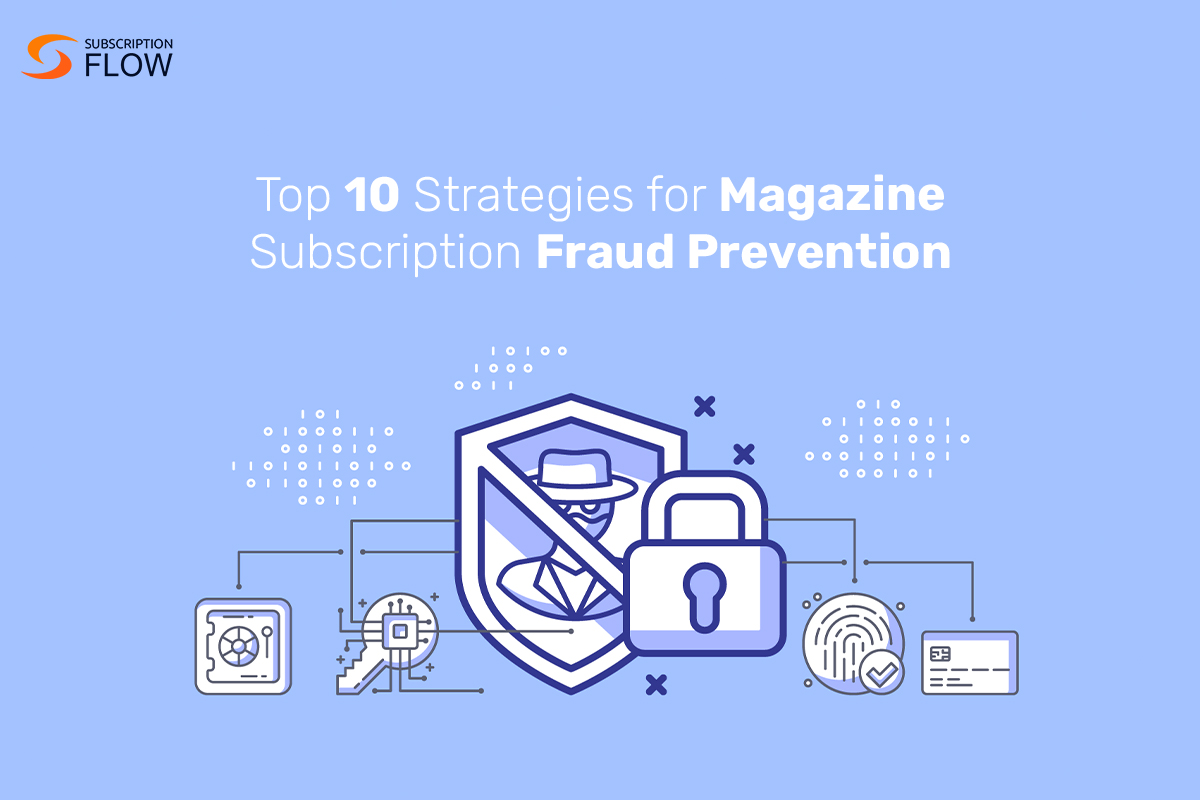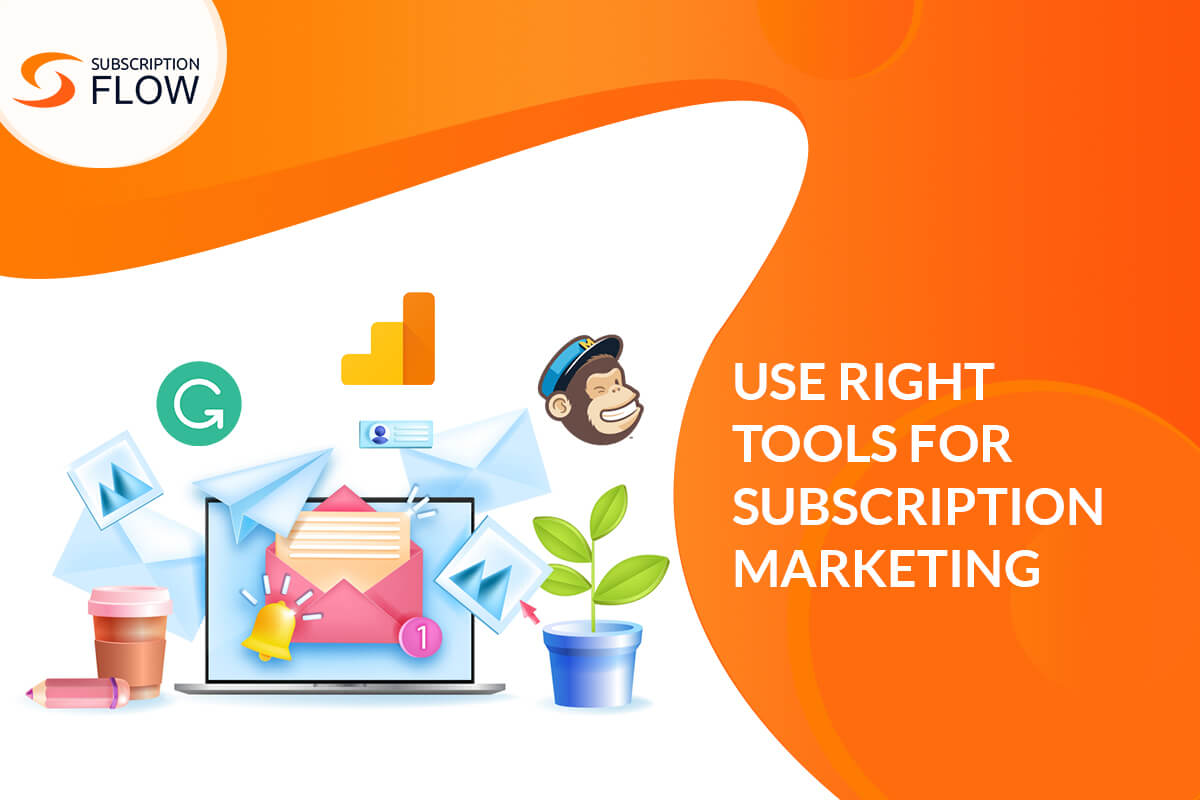
Navigating Subscription Fraud: Impact and Prevention Strategies
Did you know that for most libraries the subscription cost is around a measly $15 annually? For this small amount, you can easily read a truckload full of magazines for the entire year.
Yet still there are about 10, 000 cases reported each year of subscription fraud. Why is that? Let us delve deeper into answering this question in this blog and, in doing so, understand more broadly how magazine subscription scams work.
What is subscription fraud?
By and large, there are two types of subscription fraud that affect a magazine company. The first one directly affects publishers, while the second one directly affects subscribers. It is important to note that while the second one may only directly affect consumers, your company will also suffer from these magazine subscription frauds. This is because a customer is highly likely to cancel their subscription of your magazine if they suspect they are being sold fraud magazine subscriptions.
Subscription Fraud Type That Affects Publishers
Let us now dig into the kind of subscription fraud that directly affects publishers. Most of these sub-types of magazine subscription frauds are carried out by the consumers for small amounts which is why it does not make sense to pursue legal action against them as a deterrent. The sub-types of these frauds are as follows:
1. Paying for the subscription using fake/stolen credit cards
This has been markedly reduced with the onset of a lot of younger consumers now making magazine subscriptions entirely digitally through trusted and secure services like PayPal, but for older subscribers who still use traditional banking methods like credit and debit cards, it is absolutely crucial for them to safeguard against possible theft.
One possible deterrent to such a fraud can be for your payment gateway to only process those subscriptions in which the registered name on the credit card matches the name of the subscriber, but a downside of this usually is that it also cuts off those genuine subscribers who are legitimately using some relative or friend’s credit to make the payment. Having a simple, two-step configuration process by sending an OTP on the number registered with that credit card can easily solve this problem.
2. Sharing subscriptions beyond the allowed limit
This can be a major issue for magazines. Since people like reading a magazine on their phone when they are on their toilet, their laptop when they’re at work, and on their iPad when they are in bed, you cannot limit the devices that a subscription can be used on.
However, to deter users from sharing their paid-for subscriptions to too many people, you can follow in the footsteps of the The New York Times and offer tiered subscriptions in which you can only simultaneously access the newspaper through one to four devices (depending on the tier of your subscription).
3. Hacking into an innocent subscriber’s subscription/payment account
There is really no going around this one except praying that this doesn’t happen to your subscribers. If a subscriber’s account has been hacked, and someone is mooching off their subscription, your best bet is to have accessible customer care that will respond to any queries your legit subscribers might have about their subscriptions.
Additionally, you can also invest in a proactive subscription-management software like SubscriptionFlow that will regularly send your subscribers emails and other notifications to keep them in loop with your magazine. If, say, someone’s account was hacked and the hacker made a payment from their account, SubscriptionFlow will automatically generate an invoice and send it to the email affiliated with the payment account.
Furthermore, SubscriptionFlow also offers chargeback on fraudulent transactions which make it immensely easy for that hacking victim to get their money back in case of magazine subscriptions frauds like these.
4. Exploiting loopholes in promotional offers/free trials
If your magazine offers a free one-month trial that is dependent entirely on the subscriber providing an email address, this free trial can be exploited endlessly by making new accounts at the end of every subscription window. A sure shot way of avoiding this is by optimizing trial management the way that The Wall Street Journal does—instead of depending on email, they use the subscriber’s IP address to detect if someone has read their one free article per IP address or not.
What are some other best practices to prevent magazine subscription scams?
While the aforementioned pain points and their solutions work as well, but here are a few more generalized best practices to guard against subscription fraud:
1. Inform your subscribers
Just like you have been educated about the possible magazine subscriptions frauds and their best defenses, you too can help your subscribers understand it all by telling them all this via an informative email or an FAQ page on your website. (Better yet, just send them the link to this blog and tell them that reading this changed your life. Ha!)
2. Oversee your subscriber’s payment accounts
This entails you keeping track of how many failed payments your subscriber has made, or how many times they entered incorrect payment details before the correct one worked. Doing this ensures that any nefarious activities are caught in your payment logs and you are able to trace it to the exact date at which that fraud must have taken place.
3. Invest in a robust magazine subscription-management software
Saving best for last, you need to make sure that you have licensed a robust magazine subscription-management software that will take care of most of these best practices on its own. SubscriptionFlow is one such market-leading example that will ensure that the chances of any of these frauds taking place are as minimized as possible. With its concrete security measures and automatically generated invoices, SubscriptionFlow ensures that no legit subscriber is left in the dark when it comes to safeguarding against fraud.
Bottom line
Subscription fraud is a major challenge for magazines today. It is especially true of small magazines that cannot afford to take the financial hit that a fraud may pose to them.
It is better to be safe than to be sorry later on, which is why you need to invest in a robust subscription-management software like SubscriptionFlow that will take care of all your woes regarding magazine subscription scams on its own. Book a demo now with SubscriptionFlow and safeguard your magazine against potential magazine subscription fraud.










